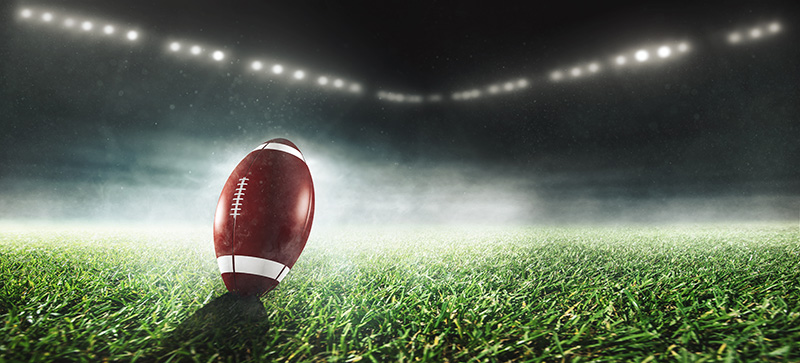Did You Know How Electricity Changed Football?
Did You Know How Electricity Changed Football?

This Sunday, the Kansas City Chiefs and the Philadelphia Eagles will compete for the Vince Lombardi trophy during the 59th Super Bowl. Whether you’re planning to watch the game on your television or on your phone or tablet, it’s almost a certainty that your viewing device will be plugged in and/or charged by electricity.
Not only do we rely on electricity to watch football, we also need it to power our stadiums. Have you ever thought about the technology and innovation that made night football games possible?
1892 was the first year a football game was played at night, thanks to an electric light display by General Electric. That year, the Mansfield University of Pennsylvania football team competed against the Wyoming Seminary football team at a county fair in Mansfield, Pa. American football was a relatively new sport at the time, so a night football game was considered an attraction that would show off both the electric light display – just 13 years after Thomas Edison invented the light bulb – and the new sport.
Due in part to the lighting not being adequate to illuminate the field, the game didn’t last long and neither team scored. The Wyoming Seminary football team called for a rematch, which wasn’t granted until 100 years later, when the town of Mansfield hosted an event called the “Fabulous 1890s Weekend” that featured a re-enactment of that game between the same teams.
The NFL, founded in 1920, didn’t start using floodlights to illuminate fields for night games until 1929, during a game between the Providence Steam Rollers and the Chicago Cardinals. Heavy rains prevented the game from being played on the Cycledrome field in Rhode Island where it had been scheduled, but the nearby Kinsley Park Stadium had floodlights, and the teams played there. The game attracted 6,000 spectators, and floodlights were permanently installed on the Cycledrome field for future night games.
On Sunday night, the Chiefs face the Eagles under the bright lights in New Orleans, LA. This is another reminder of how electricity has changed the sporting landscape, allowing teams to play at night and millions of fans from around the world to come together to watch the year’s biggest games in primetime.